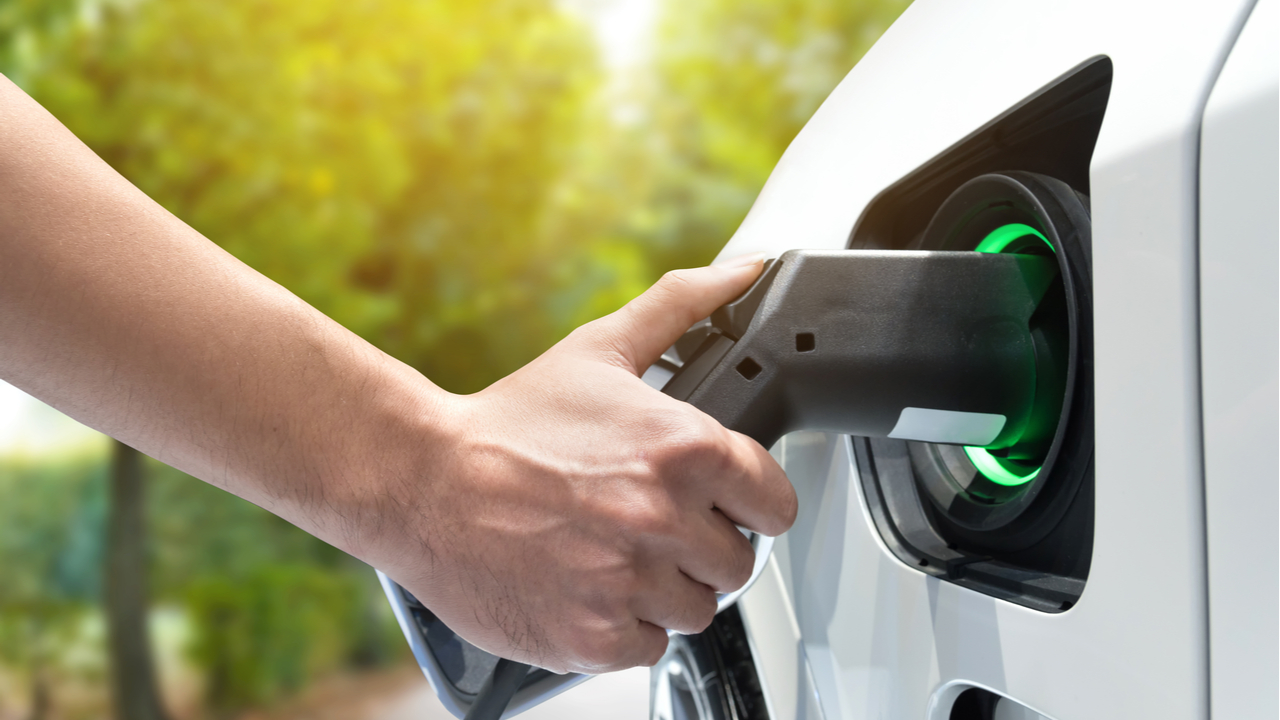Electric vehicles are quickly changing the way we travel. They offer a cleaner alternative to gasoline-powered vehicles. However, for many considering the switch, a lingering question remains: how exactly do EV charging stations work? Future EV drivers, fear not! This article will reveal the details behind these crucial components in the EV infrastructure. You will then be able to comfortably navigate the vast world of electric vehicles.
The Core Concept: Delivering Power, Replenishing Energy
The EV charging station operates with a straightforward, yet deceiving concept: They function as an intermediary between the electricity grid and your vehicle’s battery. Think of them as electric motors that pump electrons around to replenish the energy reserves that push your EV forward. It’s easy: park your EV in a location near an outlet for charging. Attach the charging cable to an adapter plug and voila! The flow of electricity begins.

Connecting in: Compatibility & Speeds of Charging
The fundamental concept behind EV charging stations remains the same, but there are differences in kinds of plugs used and the charging speed. The different plug configurations at charging stations for electric vehicles are comparable as those found in gas stations. They vary depending on the car, and the charging technology. Knowing these differences is essential to have a pleasant charging experience.
Tesla Superchargers – A Network of Speed
Tesla owners benefit from a dedicated network strategically located Tesla Superchargers. These charging stations are specially designed specifically for Tesla automobiles and offer impressive charging rates, allowing drivers a significant battery recharge in a significantly shorter amount of time than conventional charging stations. This means fewer charging stations that require waiting around and greater convenience for long distance travel in the Tesla.
Explore alternative charging options
Tesla Superchargers do not represent the whole EV charging network. There are a variety of public charging stations that are run by various companies and can work with a variety of EVs. These stations provide a variety of charging speeds. From Level 2 chargers that can charge faster than the home outlet to DC Fast Chargers, the fastest charging speed that is comparable to a filling at a gas station.
Range anxiety: Plan your Charge!
The fear of running out before reaching an outlet for charging is one of the main concerns of potential EV buyers. With the increasing number of charging stations and range of modern EVs the fear is diminishing. The EV can cover hundreds of miles on a single battery charge. Route planning software can allow you to locate charging stations for an enjoyable trip.
Here is a glimpse into the technology behind the charger
The magic of EV charging stations is in the clever interplay between technology. The purpose of the station is to convert the grid’s alternating current to DC power. This is exactly what your EV battery needs. In addition, the station is equipped with security features and protocols for communication to ensure safety and efficient charging process.
Easy and convenient: Charging forward
Electric vehicle charging is now easier to access and more convenient. Many public charging station interfaces are user-friendly and offer the option of paying with either a credit card or a mobile application. Certain housing and workplace complexes as well as offices have charging stations installed which allow users to charge their phones at their workplace or at home.
Green Grid Connection – Promoting sustainability
The rapid growth of EV chargers offers significant environmental advantages. These stations promote the use of zero-emission electric vehicles. This leads to cleaner air, and a more sustainable travel system. As the grid shifts to renewable sources of energy like wind and solar energy the charging of electric vehicles becomes greener. This can further decrease the dependence on fossil fuels.
In the end, understanding EV charging stations enables potential EV owners to make informed choices. Through their easy operation as well as their increasing accessibility and role in helping to promote sustainability they are the cornerstone of the future that is powered by energy-efficient and clean electric mobility. So, the next time you come across an electric vehicle charging station, take note that it’s not just a plug but a gateway to a cleaner, more sustainable transportation future.
